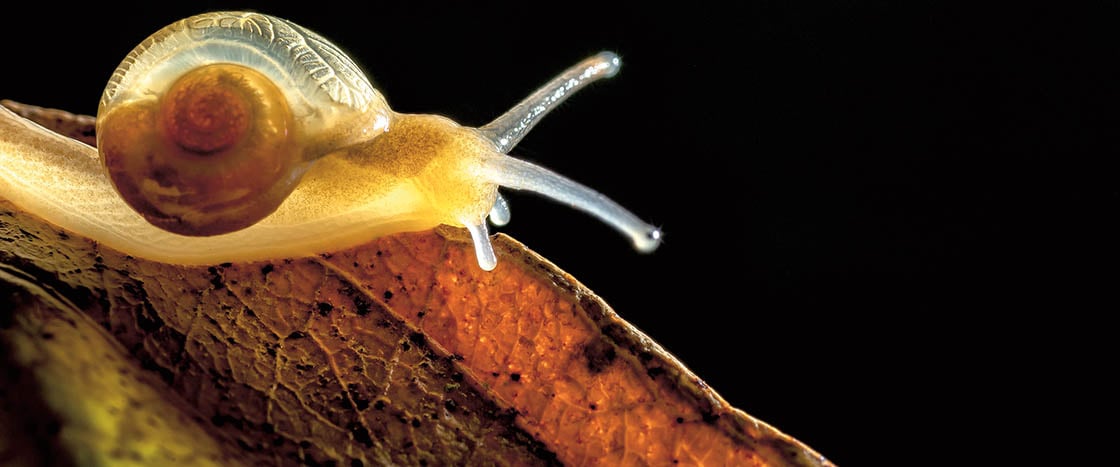Each night, Snail
unhooks himself from earth,
climbs a slick trail of silver
up, up
the horizon of log,
up stems of leaves
to their dewy tips,
seeking
with his tiny sandpaper tongue
morsels of green
to mix in his dark, moist body
and spin
into whorls of light.
Shell-maker
Moon-maker
gleaming silver-bright.
Each night:
darkness
into
light.
From DARK EMPEROR AND OTHER POEMS OF THE NIGHT by Joyce Sidman. Text copyright © 2010 by Joyce Sidman.
Reprinted by permission of Houghton Mifflin Books for Children, an imprint of Houghton Mifflin Harcourt Publishing.

